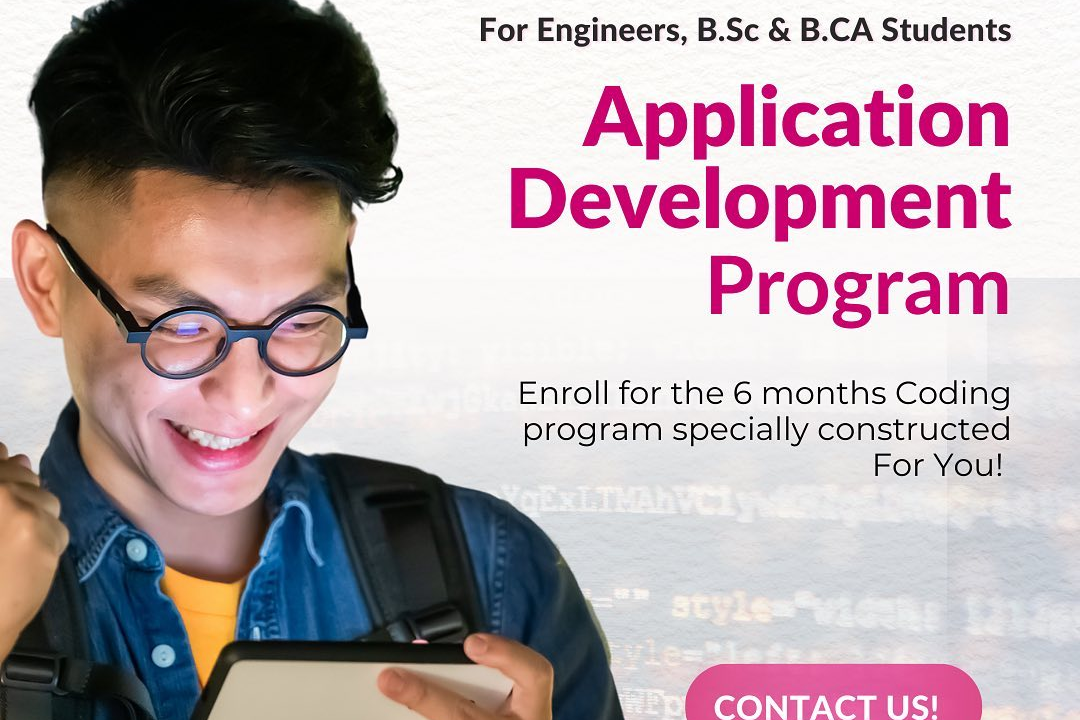Effective Mobile App Feature Prioritization
Mastering Mobile App Feature Prioritization
Effective Mobile App Feature Prioritization
Effective mobile app feature prioritization involves strategically assessing and ranking potential features based on factors such as user needs, market demand, technical feasibility, and alignment with business goals. This process typically utilizes frameworks like the MoSCoW method (Must have, Should have, Could have, Won't have), the Value vs. Effort matrix, or the RICE scoring model (Reach, Impact, Confidence, Effort) to ensure that the most valuable and impactful features are developed first. By employing user feedback, analytics, and competitive analysis, teams can focus on creating features that enhance user experience, drive engagement, and ultimately contribute to the app's success while efficiently allocating resources and managing timelines. Prioritization should be an ongoing process that adapts to changes in user needs and market trends.
To Download Our Brochure: https://www.justacademy.co/download-brochure-for-free
Message us for more information: +91 9987184296
1 - Understanding User Needs: Highlight the importance of user research to identify the core needs and pain points of your target audience, ensuring that the app features align with their expectations.
2) User Personas Creation: Teach how to develop user personas based on demographic data and user behavior to ensure that the features cater to specific user groups effectively.
3) Market Analysis: Encourage students to conduct competitive analysis to see what features are standard in the industry and which ones can set their app apart.
4) Defining Minimum Viable Product (MVP): Explain the concept of an MVP and how it focuses on delivering essential features first to validate ideas and gather user feedback, preventing resource waste on unnecessary capabilities.
5) Feature Scoring: Introduce a scoring system where features are evaluated based on criteria such as user impact, development cost, and alignment with business goals, leading to an objective prioritization.
6) Impact vs. Effort Matrix: Teach students to use the Impact/Effort matrix, which helps visualize which features offer the most significant benefits with the least amount of effort, guiding decision makers effectively.
7) Lean Startup Approach: Discuss how to utilize the Lean Startup methodology to iterate on feature development based on continuous feedback and validated learning, enabling features to evolve based on actual user behavior.
8) Prioritization Frameworks: Familiarize students with frameworks like RICE (Reach, Impact, Confidence, Effort) or MoSCoW (Must have, Should have, Could have, Wont have) for systematic feature prioritization.
9) User Feedback Incorporation: Emphasize the significance of regularly incorporating user feedback through surveys, interviews, and usability testing to adapt the feature set as required.
10) Business Goals Alignment: Teach students to align app features with the overall business objectives, ensuring that each feature contributes to the company’s strategic plans.
11) Technical Feasibility Assessment: Discuss the importance of assessing the technical feasibility of features based on the existing technology stack, team skills, and time constraints to avoid impractical development requests.
12) Stakeholder Collaboration: Highlight the need for collaboration with stakeholders such as marketing, product managers, and technical teams to gather diverse perspectives on feature importance and priority.
13) Data Driven Decisions: Encourage the use of analytics and usage data to inform prioritization decisions, allowing the team to focus on features that enhance user engagement and retention.
14) Revisiting Prioritization Regularly: Stress the importance of continuously revisiting the prioritization as market conditions and user needs evolve, keeping the app relevant and contemporary.
15) Creating a Roadmap: Demonstrate how to create a feature roadmap that outlines feature development over time, providing clarity and direction for both the development team and stakeholders.
By covering these points, the training program will equip students with a robust understanding of effective mobile app feature prioritization, preparing them for real world application in app development scenarios.
Browse our course links : https://www.justacademy.co/all-courses
To Join our FREE DEMO Session: Click Here
Contact Us for more info:
java training institute mumbai maharashtra
salesforce administrator certification
Android Testing Techniques
business analyst vs data analyst
ASP NET in Hindi











